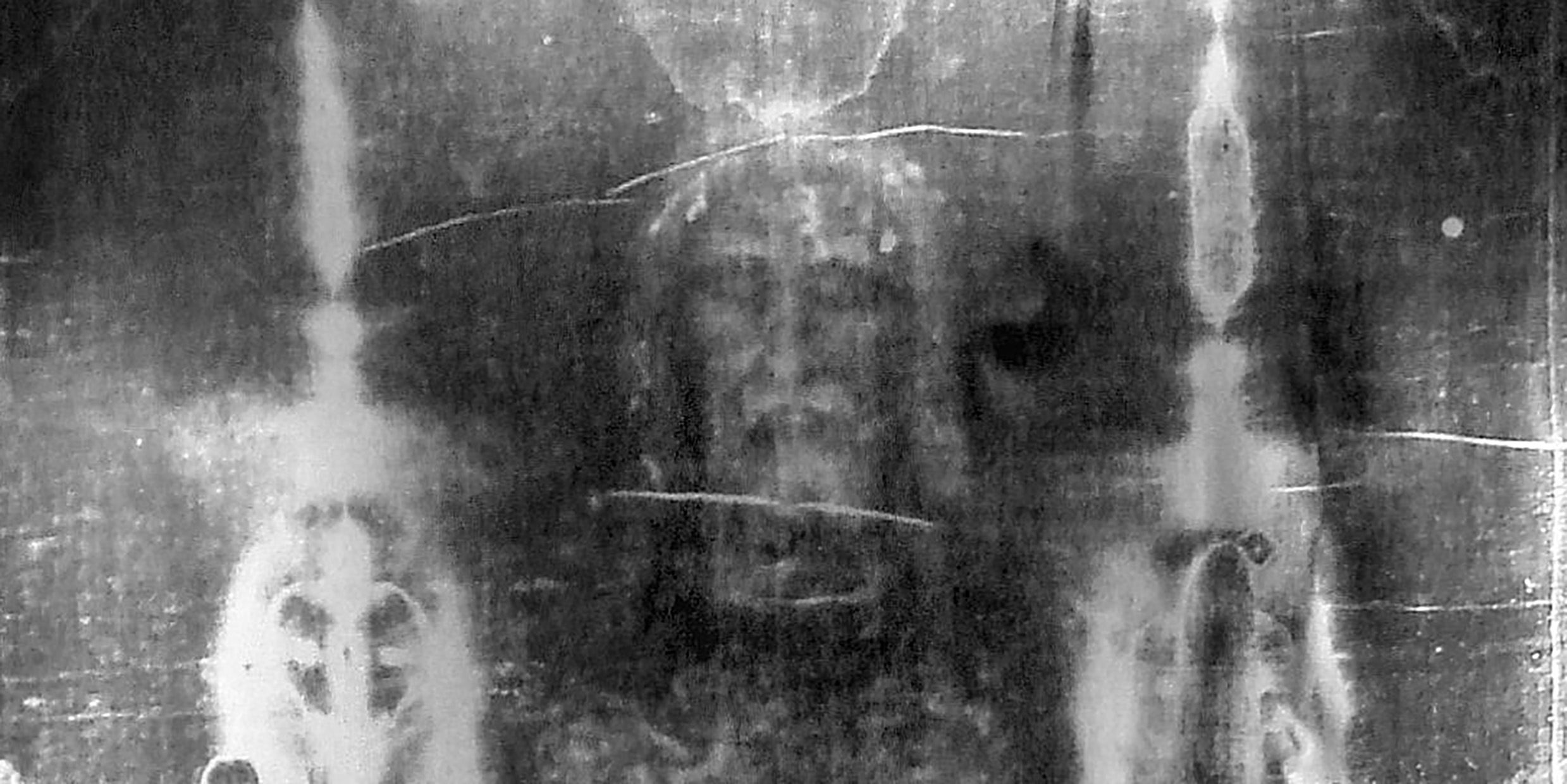Originally published 6 March 1989
By now everyone has heard the result of the carbon-14 dating tests on the Shroud of Turin, the linen cloth preserved in the cathedral at Turin, Italy, bearing the likeness of a man and purported to be the winding sheet of Christ.
The official report of the investigating scientists has appeared (Nature, Feb. 16, 1989). The report is itself in many ways more interesting than the result. It is a classic illustration of the scientific way of knowing and deserves a wider circulation.
Question: How old is a certain piece of cloth? Forget for the moment what makes this particular piece of cloth historically interesting; can we determine its age? The answer: Yes, by a method known as carbon-14 dating.
Carbon dating exploits the precisely measurable radioactive decay of carbon-14 atoms. The details of how the method works are not — in this context — important. The point is that there are people who claim they can find out how old something is by counting atoms. Can we believe them? Can we trust their results?
Let’s put them to the test. Take wood from the heart of a 1,000 year-old sequoia tree whose age can be determined by counting rings. Or bone from the tomb of an Egyptian king. Or a threads from your great-great-grandmother’s wedding dress. Send the sample to a carbon-dating lab and ask them to determine the age. Don’t tell them you already know the answer. See if they get it right.
Now, take my word for it, this has been done, over and over again. Carbon dating has been thoroughly tested and calibrated with objects of known age. The method is complicated — it is based on some high-power chemistry and physics and expensive equipment — but it works. Any skeptic who can afford the fee can put it to the test.
Shroud put to the test
Three carbon-dating labs, in Zurich, Oxford, and Arizona, participated in the test on the Shroud of Turin. Along with samples from the shroud, each group was given three control samples of cloth — linen from a 900 year-old Nubian tomb, linen from a 2nd-century AD mummy of Cleopatra, and threads from an 800 year-old garment of St. Louis d’Anjou. None of the samples were identified. None of the labs communicated with each other until the results were in.
The final report of the investigation describes in detail the methods by which samples were taken from the shroud, then cleaned and prepared for analysis by laboratory staffs. Also described is a statistical analysis of the results. All three labs agree on the ages of all four samples within experimental error, and correctly dated the control samples. Conclusion: The Shroud of Turin is medieval.
Is that conclusion absolute? Of course not. No scientific test can prove anything with absolute certainty. As one of the Oxford investigators wrote (in a letter to Nature), “If we accept a scientific result, we must exercise a critical notion of the probabilities involved. If we demand absolute certainty, we shall have to rely on faith.”
Science is not faith. Science is common sense. There is always a remote possibility that some unknown agency acted on the shroud in such a way as to cause the carbon dating experiments to give a false result.
For example, a Harvard University physicist has proposed (whether seriously or not I do not know) that neutron emission from the radiant body of the resurrected Christ might have transformed some nonradioactive carbon into carbon-14 by neutron capture, thus invalidating an important assumption upon which the age measurement is based.
The three laboratories apparently considered this bizarre possibility, and their reply (articulated by R. E. M. Hedges of Oxford) goes something like this: 1. No known physical process could produce a neutron flux of the required magnitude, and if a supernatural explanation is proposed, then there is hardly any point in doing the experiments. 2. It would be an amazing coincidence if the proposed neutron emission was such as to make the apparent age of the cloth coincide with the very time — mid-14th century — when the shroud is first mentioned in history.
Confirming explanations
Science cannot disprove supposed miracles. What science can do is confirm a perfectly natural explanation for this remarkable object which is consistent with everything else we know about the world. Namely, the shroud is a medieval icon or forgery.
It is to the credit of Church officials in Italy that they authorized the tests and accept the results. Their actions are consistent with a recent declaration of Pope John Paul II on the proper relationship of science and theology. “Science can purify religion from error and superstition,” wrote the Pope, and “religion can purify science from idolatry and false absolutes.”
He continued: “The unprecedented opportunity we have today is for a common interactive relationship in which each discipline retains its integrity and yet is radically open to the discoveries and insights of the other.”
Some people will still want to believe that the Shroud of Turin is the winding sheet of Christ, and that is their right; no carbon-14 test, or any other test, will dissuade them. They prefer the apparent certainties of miracles to the considered probabilities of natural science.



